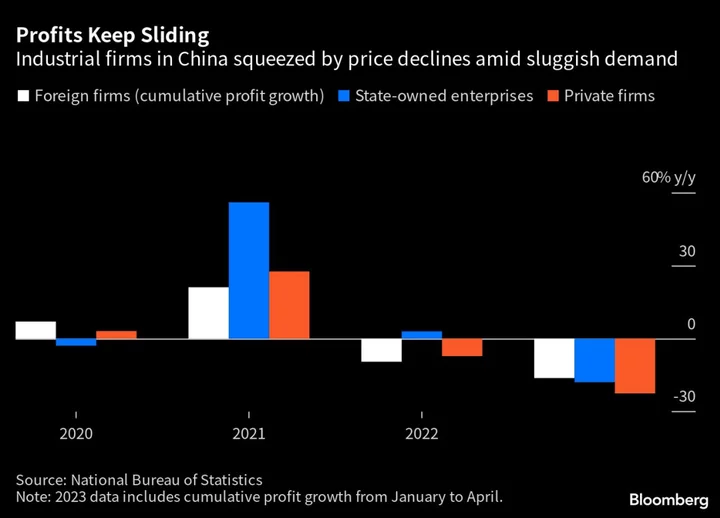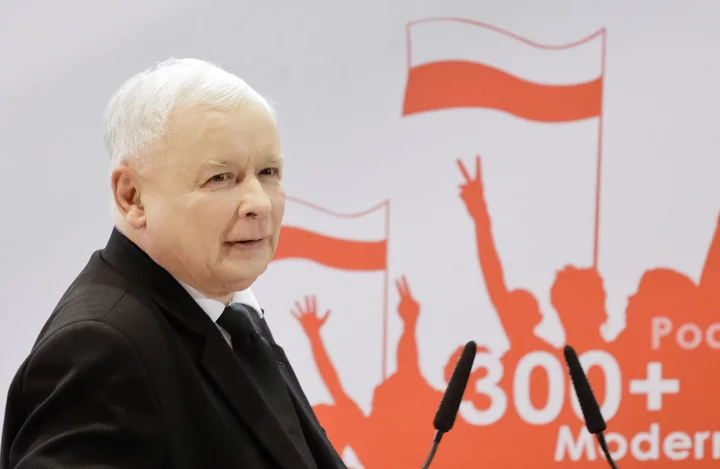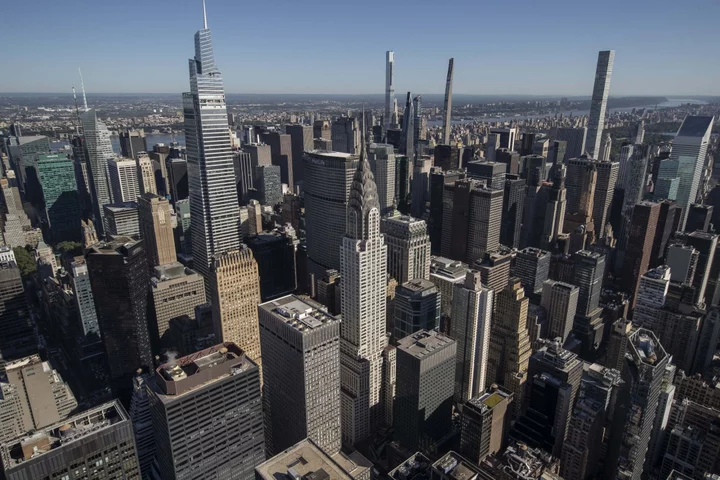After years of pent-up demand for leisure and business travel due to the ravages of Covid-19, millions of Chinese are taking to the skies again as the nation leads an aviation boom across Asia.
China’s return is thought to be the final missing piece in the global air travel recovery. Domestic travel has led the rebound in Asia’s top aviation market, and now international travel is set to take off after the lifting of a ban on group tours to popular destinations.
Yet the resurgence comes with a drawback: It’s likely to lift jet fuel consumption amid tight supplies, potentially super-charging prices.
In recent months, the availability of aviation fuel has slipped, with stockpiles at hubs such as Singapore and Amsterdam-Rotterdam-Antwerp below seasonal averages. That’s due to a series of unplanned refinery outages, as well as increased diesel production at the expense of jet fuel.
While aviation fuel prices are nowhere near the highs of last year, they’ve jumped about 34% as compared with the start of July, trading above $119 a barrel in Singapore, according to Bloomberg Fair Value data.
Higher jet fuel prices may weigh on airlines currently enjoying bumper profits, while travelers could see higher fares if companies pass along those steeper costs.
Global oil prices have risen more than 15% in the past two months, due to OPEC+ output curbs as well as higher run rates by refiners looking to cash in on good fuel-making profits. Banks such as UBS AG have adjusted their oil price forecasts upward, citing a market deficit.
A big question mark for the outlook on oil and the global economy has been China’s uneven recovery. While overall growth in the nation has been weaker than expected, various data on flight bookings are an encouraging sign.
On the domestic side, China weekly flights surged 13% above pre-Covid levels in the week ending Aug. 20, according to travel platform Flight Master.
International travel is also picking up. Bookings for overseas group tours during the National Day Holiday in October more than tripled from a month ago as of Aug. 17 — a week after China eased restrictions — according to a statement by online travel agency Trip.com Group Ltd. Searches for overseas flights as of early August already surpassed the same time period in 2019, according to a separate statement. Flights between the US and China are set to double from current levels by the end of October.
A full recovery for Chinese international tourism won’t come overnight. After four years of harsh Covid restrictions, those looking to travel are facing high costs amid a weakening yuan, the sluggish economy and difficulty in getting travel documents such as visas.
Fuel Demand
Also, the increase in demand comes as fuel supplies are stretched, leaving markets more vulnerable to diesel and jet fuel price shocks.
China’s jet fuel demand is poised to accelerate from August, and could return to pre-Covid levels by the fourth quarter, Energy Aspects said in a note. On a global level, while demand is set to rise by an average of 200,000 barrels a day in the latter half of the year from the first six months, a return to pre-pandemic levels will only take place as soon as mid-2024, said Mukesh Sahdev, head of oil trading/downstream solution at Rystad Energy.
Oil markets are pricing in a scarcity for so-called middle-distillate fuels such as diesel and jet fuel. Inventories at key oil hubs have been thinned by a global refinery system that has been pressured by outages and capacity shutdowns in recent years.
More refinery maintenance work lies ahead in North America and Europe during September and October, meaning these fuel supplies could shrink further, said Rystad’s Sahdev.
“Right now the supply risk for oil products is strong,” he said. Jet fuel prices could peak in September, putting pressure on recovering airlines, he added.
Rising fuel bills may prompt airlines to pass on some of their costs to customers by lifting or introducing fuel surcharges, said Tim Bacchus, senior aviation analyst at Bloomberg Intelligence. This could also crimp demand for travel, especially in Asia, where consumers are already paying for more expensive tickets, he said.
--With assistance from Serene Cheong.
(Updates aviation fuel prices in paragraph 5)









